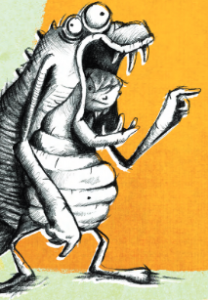Goals

Brief description of the issue
Negative biases and discrimination towards homosexual persons or gender non-conforming people still exist today even if their rights are protected by the Quebec Charter of Human Rights and Freedoms. According to widespread gender stereotypes, boys and girls should be heterosexual and identify to the gender they have been assigned at birth. In that sense, endorsement of gender stereotypes often leads to homophobic and transphobic behaviours. These preconceived ideas are harmful for boys and girls and impair their academic achievement and wellbeing at school.
A study conducted in the province of Quebec revealed that more than a third of heterosexual students say they have been victim of at least one homophobic incident within the 6 to 8 months period prior to the study, and this proportion rises up to 69% for lesbian, gay, bisexual students or students questioning their sexual orentation. Insults and mockery are more prevalent among boys and cyberintimidation is more common among girls. Of the various impacts of homophobic bullying, we note truancy, desire to change of school, a lower sense of belonging to the school environment and more limited career aspirations. These impacts worsen when the frequency of the bullying increases (Chamberland, 2013). Breaking down gender stereotypes can not only foster academic perseverance of those who tend to endorse them more, but also of homosexual students or gender non-conforming students who experience homophobic bullying.
In order to fight against homophobia and sexual stereotypes, the Institut Pacifique and the Ministère de l’Éducation, du Loisir et du Sport produced, in 2014, a facilitation guide entitled Homophobius. This guide aims at supporting high school teachers in their interventions against homophobia at school. It also offers three scenarios (one for cycle 1, one for cycle 2 and one for both cycles) that can help teachers discuss gender stereotypes and homophobic insults with students.
You can download the facilitation guide and the three scenarios directly on the LGBT Family Coalition’s website or in the “Documents” section below.
